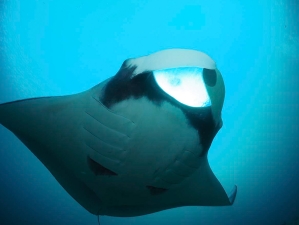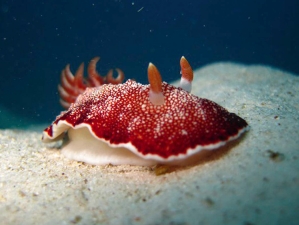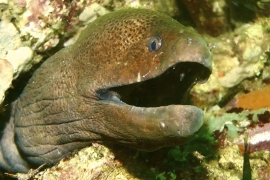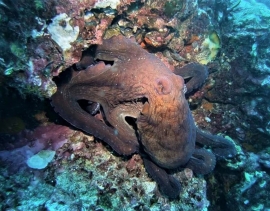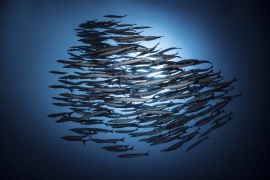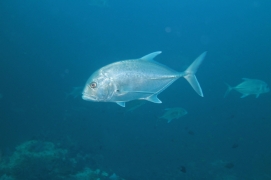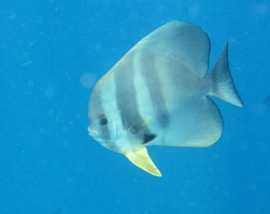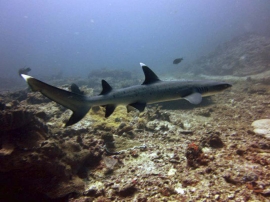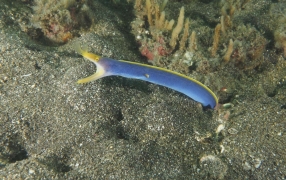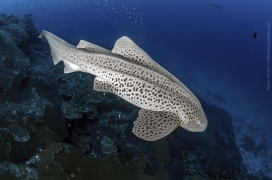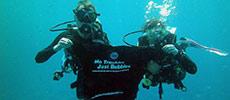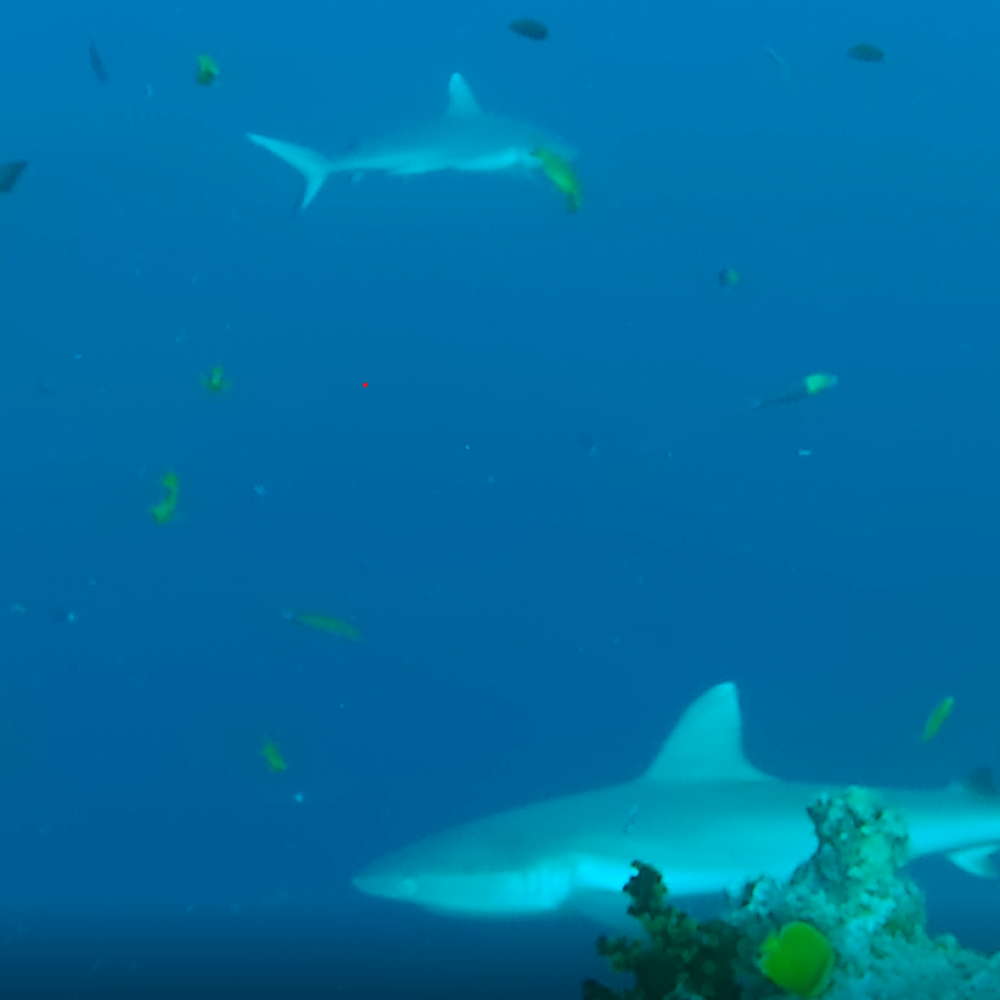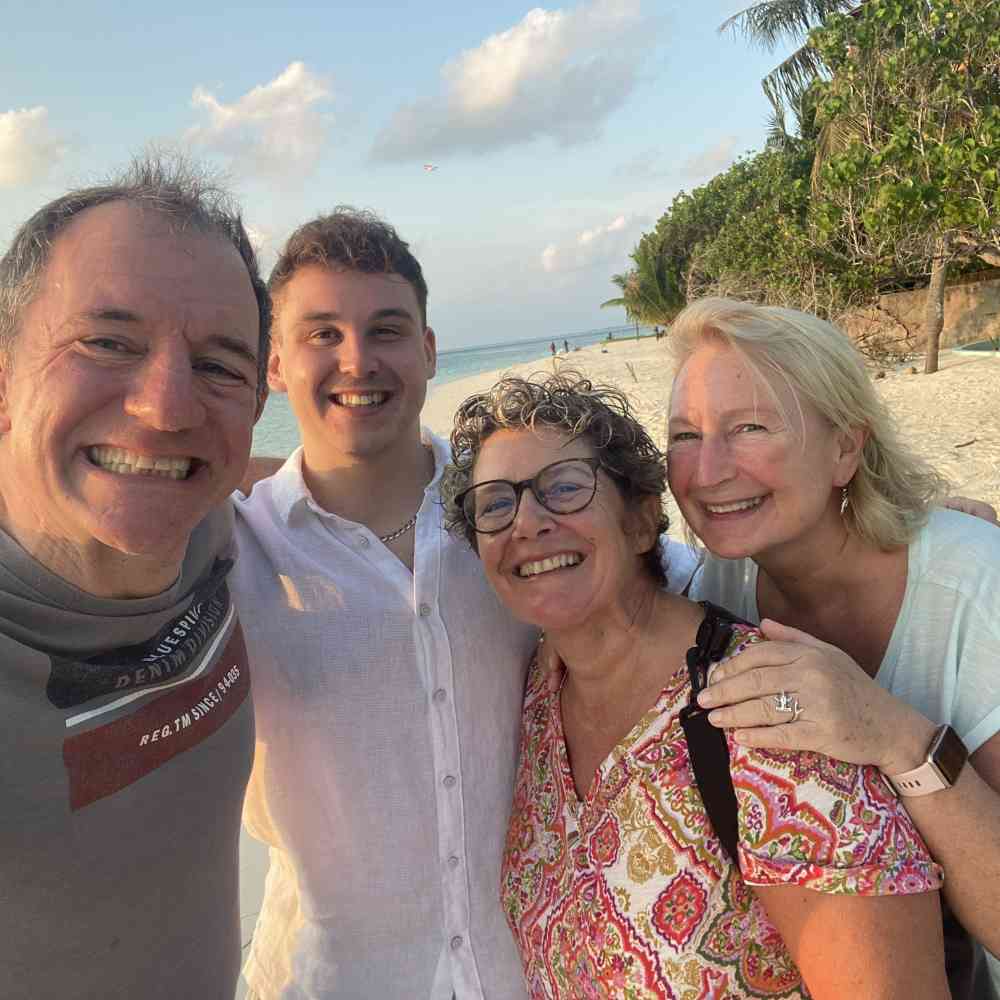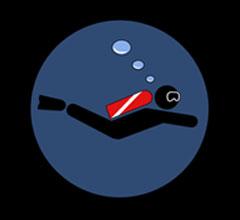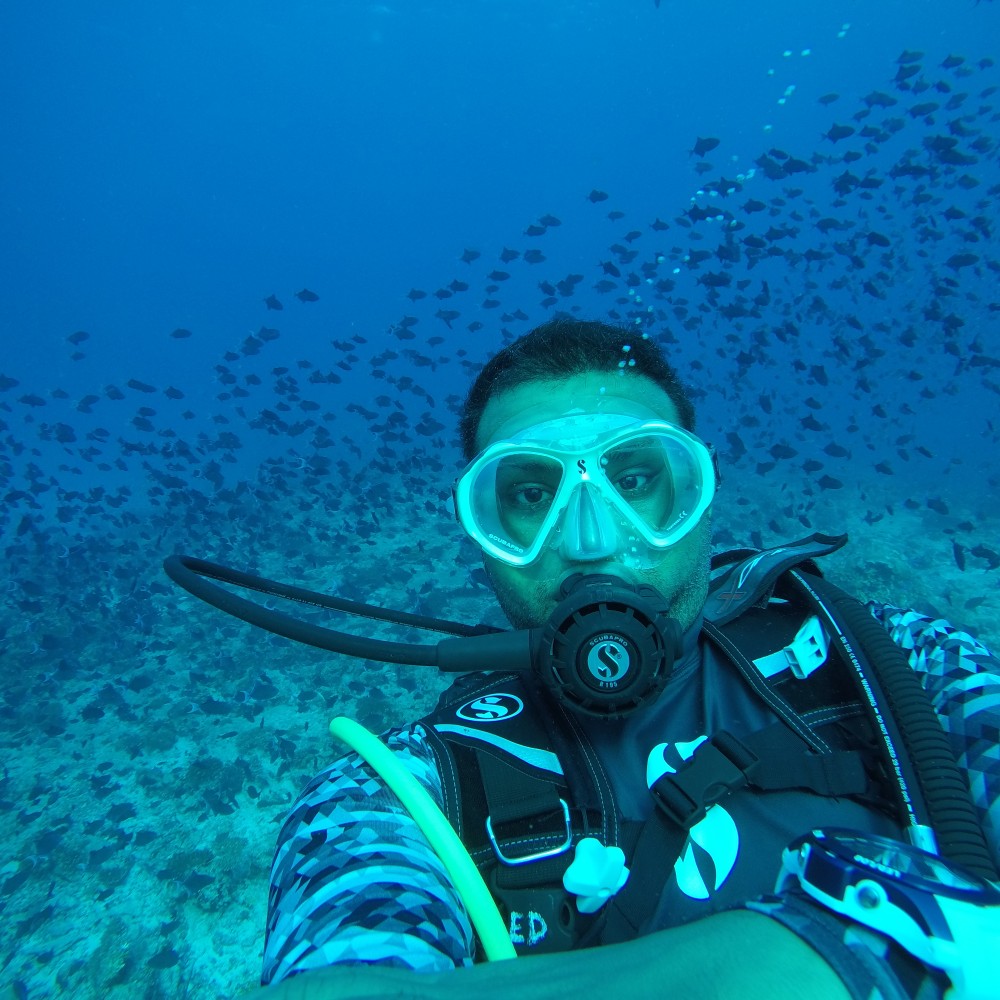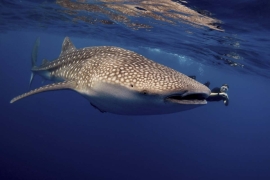
Rasdhoo Atoll Liveaboard Diving
Rasdhoo is a natural atoll, an island, and the administrative capital of Alif Alif (North Ari) Atoll. It's also among the best places to go liveaboard scuba diving in The Maldives. It's located right in the middle of the country, between the two most-popular and developed atolls (North Male & Ari), and gets plenty of shelter from surrounding atolls, plus faces the open ocean to its north west. Therefore, logistics, sea conditions and marine life all benefit from Rasdhoo's wonderful location.

Rasdhoo Island is small and densely populated. It measures just 600 x 450 metres, and contains large & small football fields, a mosque, accommodation for locals & tourists, several dive centres, and shops for everyday life. It is certainly among the most-densely populated & developed of all the islands in The Maldives.
Rasdhoo Atoll is a small, natural atoll located just 10 kilometres north east of Ari Atoll's north-east corner. The atoll is almost circular in shape, with most of its circumference made up of sandbars. Rasdhoo Island is in the southeast corner of the atoll, and there are just a few islands either side of it.
There are nearly twenty dive sites at Rasdhoo Atoll, including two wrecks. All levels of certified scuba can dive at Rasdhoo Atoll, although some of the dive sites require Advanced (30m.) or more experience. But for novice or new scuba divers, there are several shallow lagoons which are colourful and have little or no current. Almost all of the dive sites are on the eastern and southern sides of the atoll.
The dive sites include
- Madivaru
- Manta Block/Point
- Fan reef
- Hammerhead Point
- Three Palms
- Veilgandu
- Holhi Faru
- Beyru Kandu
- Madi Gaa and the wrecks
- Kuramanthi Queen
- Reef Explorer
- Razza
Probably the most-famous Rasdhoo dive site is Madivaru, in the southeast area, helped by the currents through Madivaru Channel/kandu. Madivaru is a very small island on the end of a long reef, and right next to the deep channel that separates it from Rasdhoo Island. Here there are several excellent dive sites to visit when liveaboard diving. Due to the length of the reef, loys of nutrient-rich water has to pass Madivaru before going through the channel. This attracts lots of marine life, all year round. Manta Block is in the north, and at the right time of year is a popular Manta cleaning station. And it's quite shallow, meaning that your NDL doesn't affect your dive so much, and divers who are only Open Water certified can enjoy it. Fan Reef is an easy dive site with a gently-sloping reef, and it's not just for beginners or inexperienced divers. Everyone can have an enjoyable and interesting dive here. But Hammerhead Point is surely the highlight of diving at Rasdhoo. For the best chance of seeing Hammerhead Sharks whilst diving, you need to be there very early in the morning, and this is where joining a Maldives liveaboard diving safari makes sense. On any day that the Hammerheads don't show up, there's still plenty of other exciting species to see during your dive. Wreck diving at Rasdhoo Atoll is possible. Two of the three wrecks are very near each other, inside the atoll in the south, at Kuramathi Island.
Conditions at Rasdhoo Atoll
When to dive at Rasdhoo Atoll
You can dive all year round at Rasdhoo Atoll, but the better months for weather and sea conditions are December to April. November & May are good most years, but these months are when the monsoon seasons begin to change. From June to October, the visibility underwater is reduced, and June & July are the wettest months.
What type of dive site is Rasdhoo Atoll
Rasdhoo Atoll has a varied blend of dive sites, including for novices and professionals. There are two or three wrecks, overhangs, sloping reefs, strong currents, night dives and plenty of open-water shark diving opportunities.
Where is Rasdhoo Atoll?
Rasdhoo Atoll is in the centre of The Maldives, slightly to the western side. It's located between North Male Atoll & Ari Atoll. It gets plenty of shelter on most sides, with its northwest facing the Indian Ocean.
How to get to Rasdhoo Atoll
There are several dive centres on Rasdhoo Island, and getting there from Male can be done on the public ferry. But if you're serious about diving Rasdhoo Atoll, the best way is on a Maldives diving liveaboard safari. These set sail from Male at the weekend and visit several atolls during a week-long cruise.
Who can dive at Rasdhoo Atoll
Anyone can dive at Rasdhoo Atoll because there are some very easy spots inside the lagoon that are suitable for learning to dive. Open Water divers can visit most dive sites, but a few spots are only suitable if you have Advanced (30m. / 99ft) certification.
What marine life can you see at Rasdhoo Atoll?
You can see almost anything at Rasdhoo Atoll, in the Maldives. Although Whale Sharks are not as common here as they are at some other atolls, they still show up from time to time. But to make up for this, you're very likely to see Hammerhead Sharks & Manta Rays if you dive at the right spots and at the best times. With protection from other atolls on more than 75% of its circumference, smaller resident species can thrive. But with exposed areas and plenty of surrounding deep water, there's also lots of big fish. Rasdhoo Atoll really does have it all.
Summary of Rasdhoo Atoll
Rasdhoo Atoll is regarded by many as the best diving atoll in The Maldives, and for good reason. There is a good variety & a large number of dive sites, including something for all levels of diver. Marine life is healthy and abundant and ranges from the smallest to largest species. Finally, its location is ideal because it's not too isolated but is far enough away from built-up areas, such as Malé and Ari Atolls.
